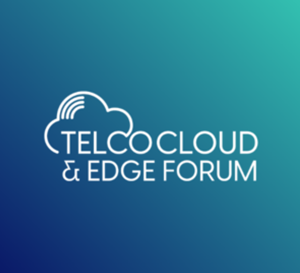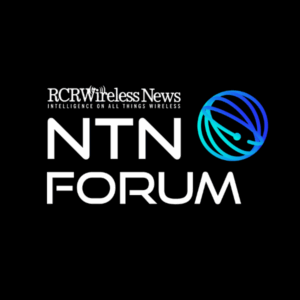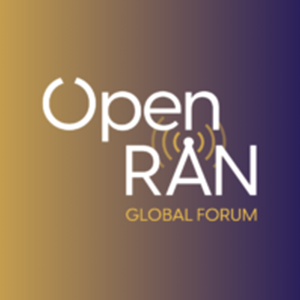The Japanese Ministry of Posts and Telecommunications is close to officially introducing Code Division Multiple Access technology as a pocket telephone standard.
The indication comes after the Japanese standardization body, the Association of Radio Industries and Businesses, adopted and modified Interim Standard 95 for the Japanese market earlier this month after studying the technology since last April, said Perry LaForge, executive director of the CDMA Development Group. The CDG is an industry consortium of companies dedicated to the adoption of CDMA around the world.
The standard has been accepted by other Japanese recommending bodies associated with the ministry, said LaForge. They have concluded IS-95 is a promising alternative for migration from existing analog systems that are nearing capacity. He said a final report was approved by the Telecommunications Technology Council of the ministry on Feb. 24. Now the ministry is in the process of revising regulations in accordance with the final report.
“The groundwork has been laid as far as standardization to allow operators to implement IS-95,” said LaForge. “They have been studying other technologies presumably The report noted that GSM (Global System for Mobile communications) should not be adopted in Japan because it didn’t meet the frequency allocation. . .I assume GSM won’t make any inroads in Japan.”
Japan’s certain move to CDMA is a slap in the face of the GSM community. Supporters of the European technology had encouraged the Japanese to hold out for next-generation technology rather than select CDMA to address near-future capacity needs, and the European Union reportedly discouraged the Japanese from considering the technology, emphasizing CDMA’s newness to market and siting the world’s previous investment in GSM.
Major Japanese carriers DDI Corp. and IDO already have announced their intentions to use CDMA in anticipation of their network capacity problems. Both have begun limited trials of IS-95 and are planning to begin service in 1998, said Robert Purcell, an analyst with The Yankee Group in Japan. Several Japanese handset and infrastructure manufacturers have signed license agreements with CDMA inventor Qualcomm Inc. as well.
NTT DoCoMo, the largest cellular operator in Japan, has expressed interest in adopting what the International Telecommunications Union hopes will become the future global standard – a wideband digital technology called IMT-2000 – by 1999 or 2000, said Purcell.
“The real punch line is that the GSM industry had almost assumed it had wrapped up the world’s standard,” said Ira Brodsky, an analyst with DataComm Research Co. in Chicago. “CDMA is competitive for that. The CDMA industry has wisely focused on the major growth markets – Asia, Latin America and North America.”
The United States and Japan – which has created and supported its own digital wireless technologies, namely Personal Digital Communications and Personal Handyphone System – are the top two cellular markets in the world. Together, these two countries have the potential to make CDMA the world model.
“The decision by Japan to adopt CDMA is significant,” said Purcell. “Behind the U.S., Japan has the second largest population of cellular users in the world. Furthermore, the MPT has revised upwards its 2000 cellular forecast. MPT estimates place the 2000 cellular subscriber population between 43 (million) and 47 million. This translates into an increase of around 25 million cellular subscribers or 735,000 per month.”
GSM is presently being adopted in about 70 countries worldwide including Japan’s neighbor, China, said Purcell. China has numerous GSM systems as do several countries in Southeast Asia. Korea has pushed ahead with CDMA.
Japan’s low mobility PHS service has quickly become the country’s mainstay. The demand for the service has astounded the world of telecommunications as subscribers now number more than 5 million. Cellular carriers cut their rates in January, which forced PHS operators to again reduce their prices and abandon sign-up fees, said Purcell. PHS service lacks the adequate coverage and features that cellular service has but is more affordable and works well in Japan’s congested cities.
“We expect that CDMA will eventually be able to offer rates that are competitive with those of PHS in addition to various value-added services,” said Purcell. “In the near term, however, cellular carriers may be reluctant to drastically cut rates until they have recuperated some of their investment costs. Only NTT DoCoMo has thus far been able to recoup its analog investment. In the long term, if CDMA proves an effective and affordable system, it will be at the expense of the PHS operators.”






